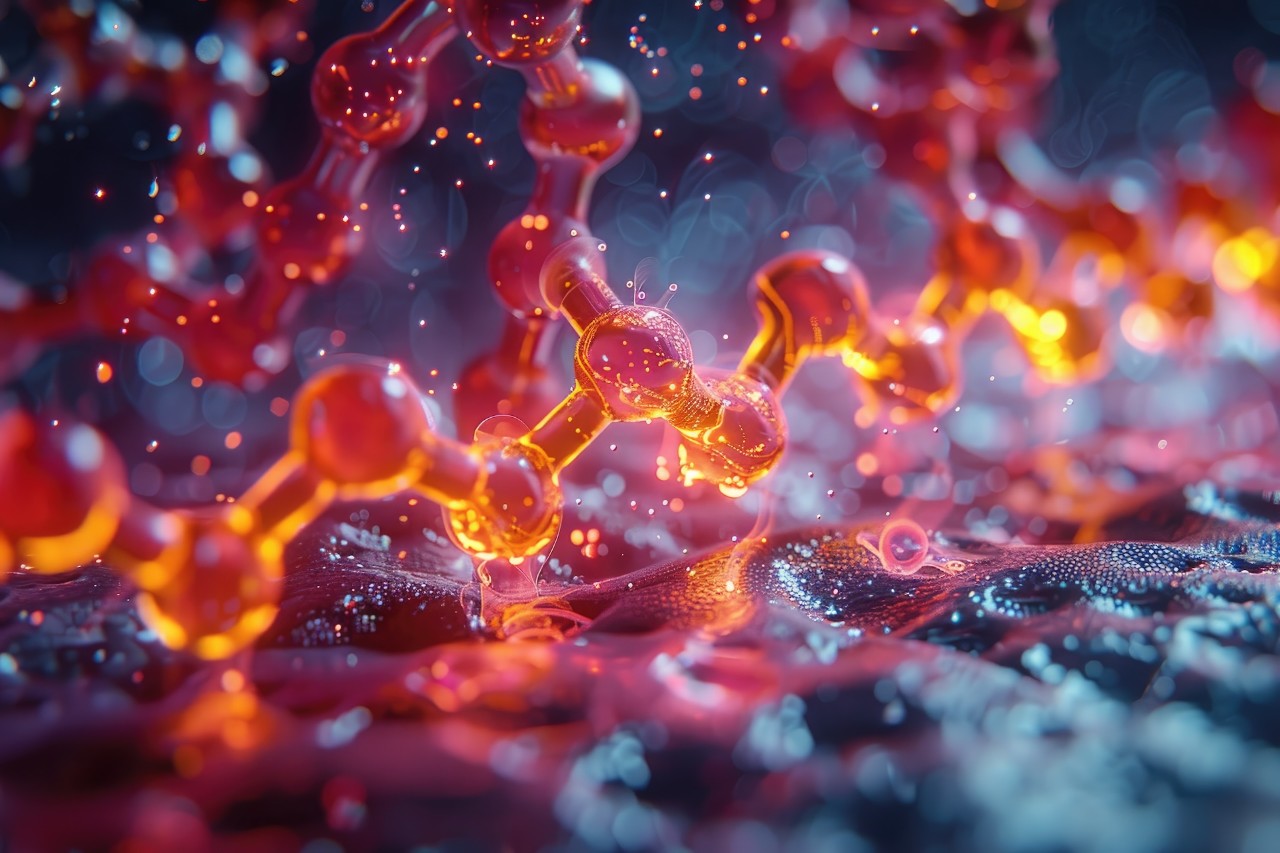

Peptides and Oligonucleotides (TIDES)
Highlights
About Peptides and oligonucleotides (TIDES)
TIDES have recently emerged as valuable therapeutic candidates due to their versatility and precision in targeting various diseases, such as diabetes, cancer, osteoporosis, cardiovascular diseases, genetic disorders, and several rare diseases. The benefits of TIDES as therapeutics include target specificity, patient safety, drug efficacy, druggable indications, and low costs, which has led to an increase of FDA approvals over the past decade.
NMR for structure characterization: FDA and EMA recommendations
NMR is the "gold standard" for chemical structure characterization of various modalities including TIDES and enables detailed characterization to support discovery, development, and manufacturing. Recent FDA and EMA draft guidance documents demand enhanced characterization of TIDES and recommend NMR as the high-resolution, state-of-the-art analytical technique for characterizing the sequence, higher order structure, composition, stereoisomeric character, and identity. Bruker's high-field NMR solutions empower scientists to meet the stringent requirements set by regulatory bodies, ensuring that pharmaceutical companies can achieve compliance with ease.
Bruker Solutions: Instrumentation & Probes
Bruker consistently enhances its technology to provide pharmaceutical companies with reliable, cutting-edge analytical solutions that adapt to their changing needs. The 500 and 600 MHz Ascend Evo instruments deliver the necessary resolution for more confident peptide assignments and oligonucleotide stereoisomer characterization. Bring life-changing TIDES therapies to the market faster with the fit-for-purpose 3 mm Multi-Nuclear Inverse (MNI) CryoProbe™ that produces critical results in a shorter time than room-temperature probes.
Benefits
- Adhere to Regulatory Standards: Generate high-quality data on critical quality attributes that support the depth of characterization requested by the FDA and EMA (e.g., amino acid sequence, peptide structure, oligonucleotide stereochemistry, PS:PO ratios, residue modifications, etc.).
- Accelerate your analyses: Reach unparalleled accuracy and speed in TIDES characterization through improved resolution with a 500–600 MHz NMR instrument and enhanced sensitivity with a dedicated MNI CryoProbe.
- Target multiple workflows: As a multi-attribute method, NMR can be used for identification, structure verification, content quantification, purity, screening, rational design, and quality control of TIDES.
- Quantify with precision and efficiency: Directly measure absolute content, PS:PO ratios, and monitor critical quality attributes via streamlined qNMR workflows without reference material calibrations.
- Enhance Selectivity where it matters: Direct detection of 31P and 19F provides clear insight into backbone linkages and fluorinated labels and modifications enabling more precise analysis of complex molecules.
- Leverage a Scalable platform: From method development to QC and manufacturing, use the same core NMR capabilities and validated workflows with easy technology transfers.
- Improve Eco-Friendliness & Cost-Effectiveness: The 3mm MNI CryoProbe uses less sample than 5mm probes, a fraction of the solvent than chromatographic techniques, and no reference material for qNMR workflows.
Applications
Characterization of Therapeutic Oligonucleotides by NMR at 1 GHz and 600 MHz
Therapeutic oligonucleotides (ONs) are a new class of molecules that hold great promises to treat pathologies that cannot be cured with classical therapies. Their accurate characterization is critical for both the pharmaceutical industry and regulatory agencies.
Journal Club
Quantitative 31P NMR Spectroscopy Platform Method for the Assay of Oligonucleotides as Pure Drug Substances and in Drug Product Formulations Using the Internal Standard Method (06/2024)
https://pubs.acs.org/doi/10.1021/acs.analchem.4c00419
Flow-NMR as a Process-Monitoring Tool for mRNA IVT Reaction (04/2024)
https://doi.org/10.1016/j.xphs.2023.11.021
NMR characterization of the diastereomeric composition of a model therapeutic oligonucleotide (08/2025)
https://jpharmsci.org/article/S0022-3549(25)00314-4/fulltext
Development of Flow-NMR Spectroscopy for Real-Time Monitoring and Kinetics Studies of Biomolecules: Case Study of Liraglutide Oligomerization (04/2025)
https://pubs.acs.org/doi/10.1021/acs.analchem.4c06988
Assessment of Stereochemical Comparability in Phosphorothioated Oligonucleotides by CD, 31P NMR, and NP1 Digestion Coupled to LC-MS (03/2025)
https://pubs.acs.org/doi/10.1021/acs.analchem.4c06140
Structural Fingerprinting of siRNA Therapeutics by Solution NMR Spectroscopy (04/2022)
https://www.liebertpub.com/doi/10.1089/nat.2021.0098
Best Practices for Submission of NMR Data to Support Higher Order Structure Assessment of Generic Peptide Drugs (01/2023)
https://doi.org/10.1208/s12248-023-00782-w
ANDAs for Certain Highly Purified Synthetic Peptide Drug Products That Refer to Listed Drugs of rDNA Origin - Guidance for Industry (05/2021)
https://www.fda.gov/media/107622/download
Draft Guidance on Givosiran Sodium (05/2023)
https://www.accessdata.fda.gov/drugsatfda_docs/psg/PSG_212194.pdf
Support
LabScape
Service & Life Cycle Support for Magnetic Resonance and Preclinical Imaging
Bruker’s commitment to provide customers with unparalleled help throughout the buying cycle, from initial inquiry to evaluation, installation, and the lifetime of the instrument is now characterized by the LabScape service concept.
LabScape Maintenance Agreements, On-Site On-Demand and Enhance Your Lab are designed to offer a new approach to maintenance and service for the modern laboratory








